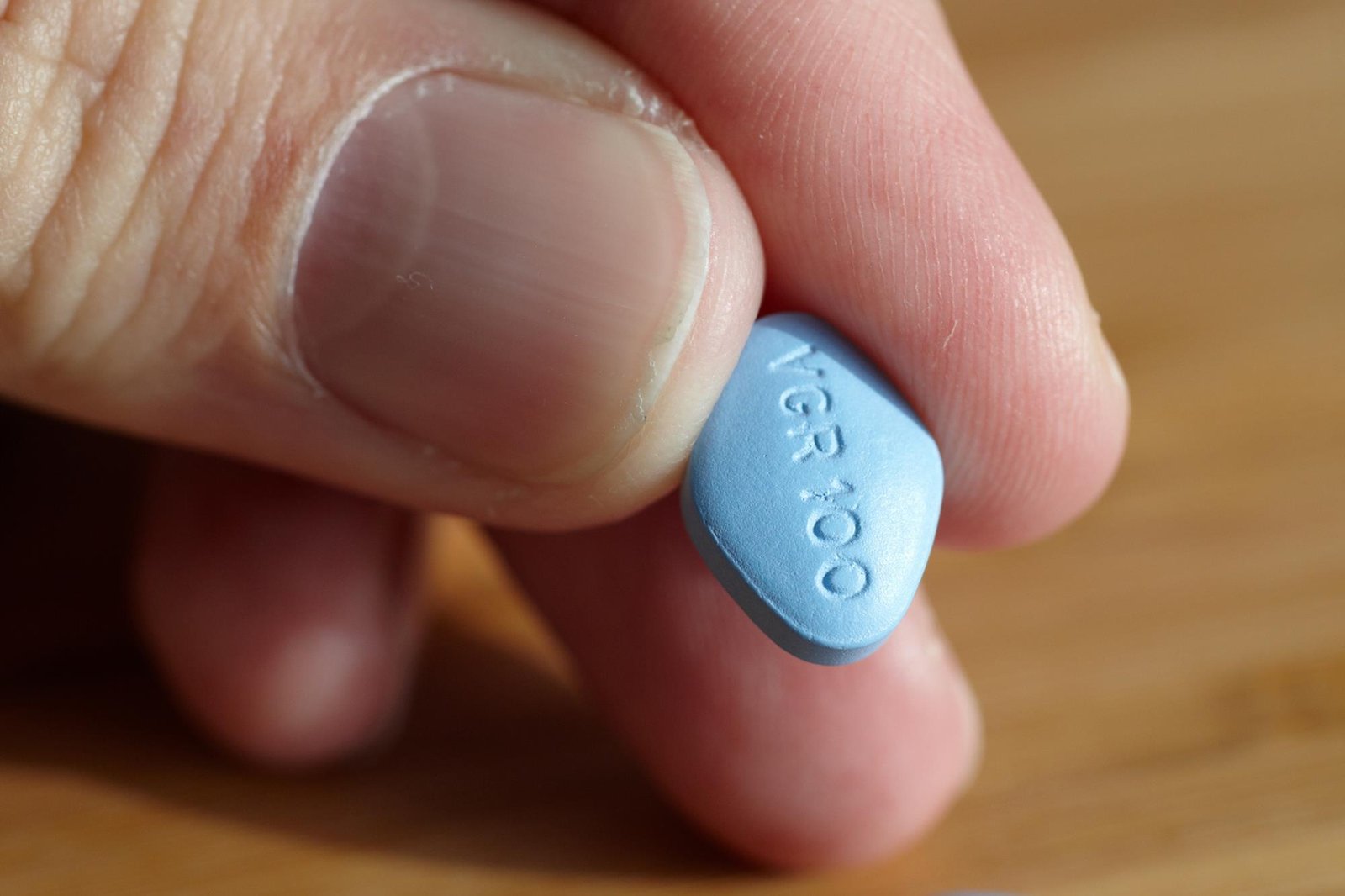Low-dose naltrexone (LDN) – typically 1–5 mg daily, far below the 50 mg standard dose for opioid dependence – has attracted interest as a potential adjuvant in oncology. Over the last two decades researchers have proposed two main ways LDN might affect cancer: (1) modulation of the opioid growth factor (OGF) – OGF receptor (OGFr) axis to slow tumor cell proliferation, and (2) indirect immune and anti-inflammatory effects that could alter the tumor microenvironment. Below I summarize the current state of evidence, highlight strengths and gaps, and give a practical take for clinicians and patients.
Biological rationale and mechanisms
LDN’s proposed anticancer action is not via classical cytotoxicity but through transient opioid receptor blockade that paradoxically upregulates endogenous opioid peptides (notably the OGF [Met5-enkephalin]) and sensitizes the OGF–OGFr pathway. Preclinical models show that activating the OGF–OGFr axis can reduce tumor cell replication and angiogenesis in several cancer types (ovarian, colorectal, others). Additional mechanisms under investigation include modulation of toll-like receptors, reduction of chronic inflammation, and effects on immune cell function – all pathways relevant to cancer growth and metastasis. These mechanistic findings are supported by animal and cell-culture experiments but are not proof of clinical benefit.
Preclinical and early clinical data
A number of laboratory (in vitro and animal) studies report that LDN or OGF reduces tumor growth and proliferation in specific models (e.g., ovarian and colorectal xenografts). These preclinical data provide a biologically plausible signal but are inherently limited: animal models don’t reliably predict human efficacy, dose-responses differ, and experimental conditions vary widely. Systematic and narrative reviews have collected these positive preclinical findings while calling for careful clinical testing.
Human clinical evidence – what exists and what’s missing
Human data remain sparse and low quality overall. There are case reports and small uncontrolled series suggesting symptomatic benefit or disease-stabilization in isolated patients, and retrospective observational studies exploring safety and patterns of LDN use. A handful of formal clinical trials have been registered (for example trials of LDN in glioma and metastatic melanoma), but completed randomized controlled trials (RCTs) demonstrating a reproducible anticancer survival benefit are lacking. In short: promising but preliminary – we do not yet have high-quality RCT evidence that LDN reduces cancer incidence, progression, or mortality.
Safety and tolerability
LDN is generally reported as well tolerated in low doses; common mild side effects include sleep disturbance, vivid dreams, gastrointestinal upset, or transient fatigue. Serious adverse events specifically attributable to low-dose naltrexone in oncology contexts are uncommon in published reports, but long-term safety data in cancer populations (often receiving multiple systemic therapies) are limited. Importantly, LDN is contraindicated with ongoing opioid analgesia because it can precipitate withdrawal.
Current clinical recommendations and practical guidance
- Not approved for cancer treatment. LDN remains an off-label therapy for cancer; it is not a substitute for standard, evidence-based oncologic treatments. Any use should be discussed with the oncology team.
- Consider only in the context of trials or with full informed consent. Given limited efficacy data, patients should ideally be enrolled in clinical studies (where available) or given clear counseling about uncertainty, potential interactions (notably with opioids), and realistic expectations.
- Safety monitoring. If used, monitor sleep, GI symptoms, pain control (if on opioids), and any unexpected interactions with cancer therapies.
Where research should go next
High-quality, adequately powered RCTs that test LDN as an adjunct to specific standard therapies (rather than as monotherapy) are needed. Trials should prespecify cancer types, endpoints (progression-free survival, overall survival, quality of life), and biomarker substudies to identify which tumors might be most responsive to OGF-mediated pathways. Existing registered trials (and centers with translational programs) represent logical places to focus effort.
Bottom line (SEO-friendly summary)
Low-dose naltrexone has a compelling biological rationale and encouraging preclinical data suggesting anticancer activity via the OGF–OGFr axis and immune modulation. However, high-quality clinical evidence that LDN meaningfully improves cancer outcomes in humans is currently insufficient. Until robust randomized trials are completed, LDN should be considered experimental in oncology and discussed openly with treating clinicians, ideally within research protocols.










